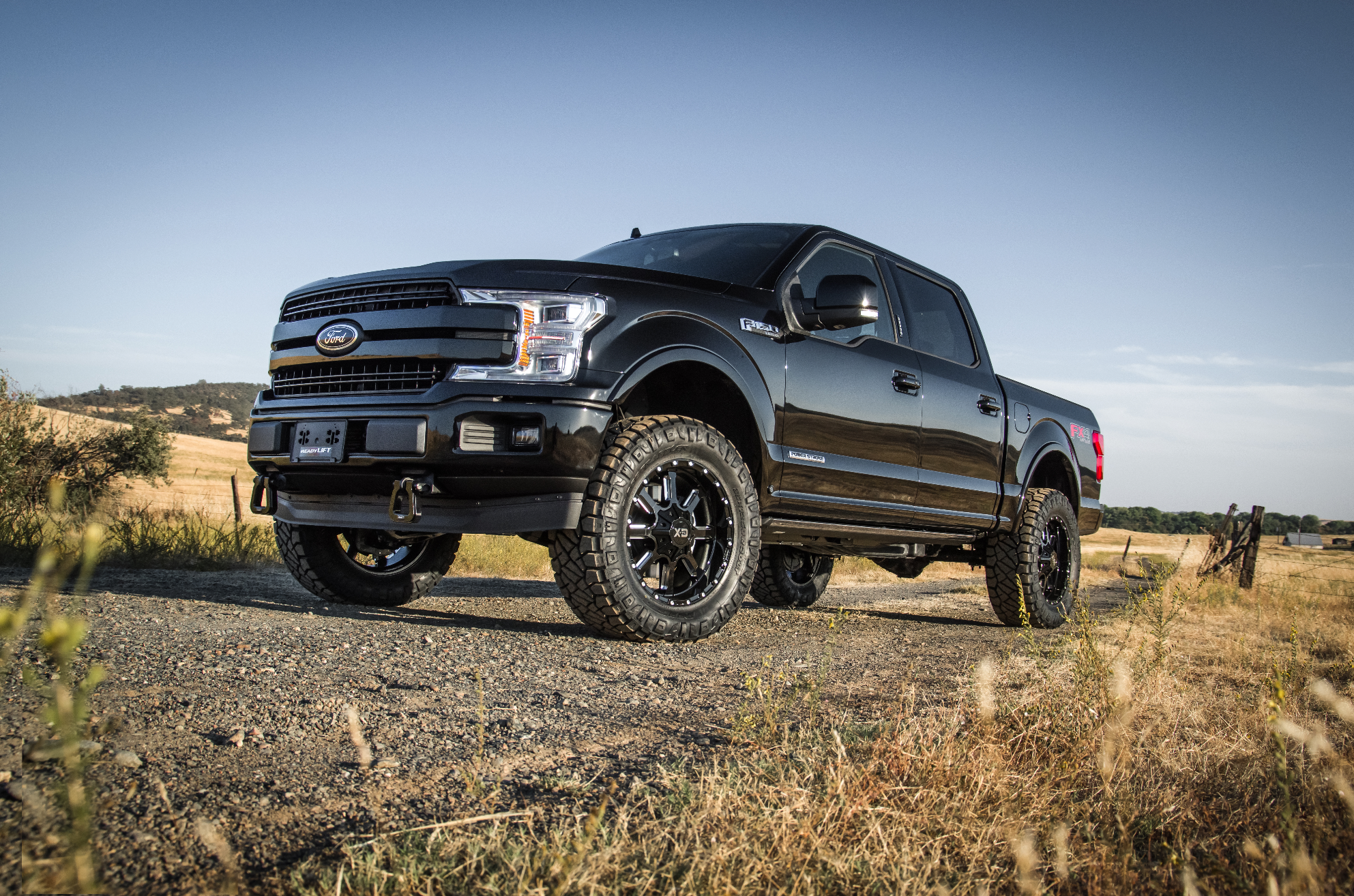Humanity has come a long way since the invention of the wheel in 3500 BC. Wheels today are no longer made of wood or stone, and thankfully, the ride is significantly smoother. What has not changed is that people still use wheels as their primary source of mobility.

(Pixabay / hasekura)
Whereas the early wheel was just a solid piece of wood, leather was later added to absorb some of the impact and soften the ride. Through the years, the leather transitioned to solid rubber, which was then followed by the modern pneumatic or air inflated tire.
There are many theories about the evolution of tire design in the future. Here’s a glimpse of what’s on the horizon:
- The big names in tire manufacturing have already begun the trend of using non-pneumatic or airless tires. It is projected that by 2033, 75 percent of cars will be equipped with airless tires.
- Recyclable tires – Originally introduced by Bridgestone at the 2011 Tokyo Auto Show, this tire is 100 percent recyclable and puncture-proof. It scores environmental points because when it is worn out, only a thin tread needs to be replaced instead of the entire tire.
- Hankook iFlex – The tire is constructed using a new type of uni-material that is intended to maximize the eco-friendliness of the tire. It is a futuristic tire that has been undergoing a series of tests to improve function. One big draw to this tire is how few steps there are to manufacture it. That shorter production time is projected to pass greater savings onto the consumer.
- Power-generating tires – Goodyear is currently developing the tire of the future that will solve the common problem of electric cars – drained batteries. Goodyear’s tire generates power for the battery both while it is in motion and standing still. The heat generated by the tires while driving will be transferred to the batteries. Additionally, the outer tread of the tires is made of a thermo-piezoelectric material that is capable of absorbing light and heat when the car is not in motion.
- 3D printed tires – Michelin envisions a 3-D printed tire for the future. When the tread of the tires become worn out, it can be printed again and again. There is no need to replace the entire tire.
Big tire companies are pouring millions of dollars into generating an airless tire that is eco-friendly and efficient. These tires will be impervious to punctures and blow-outs because there isn’t a tube inside to puncture. They also make you less likely to hydroplane on water because they don’t have solid rubber walls like traditional tires do. Instead, they are made of a series of flexible, durable connectors that allow water to pass through. One of the biggest positives for airless tires is that they reduce waste. Some airless tires only need the tread replaced when they get worn out instead of the entire tire. This will result in less cost to the customer and less waste in our landfills. All in all, the future of tires looks bright.

